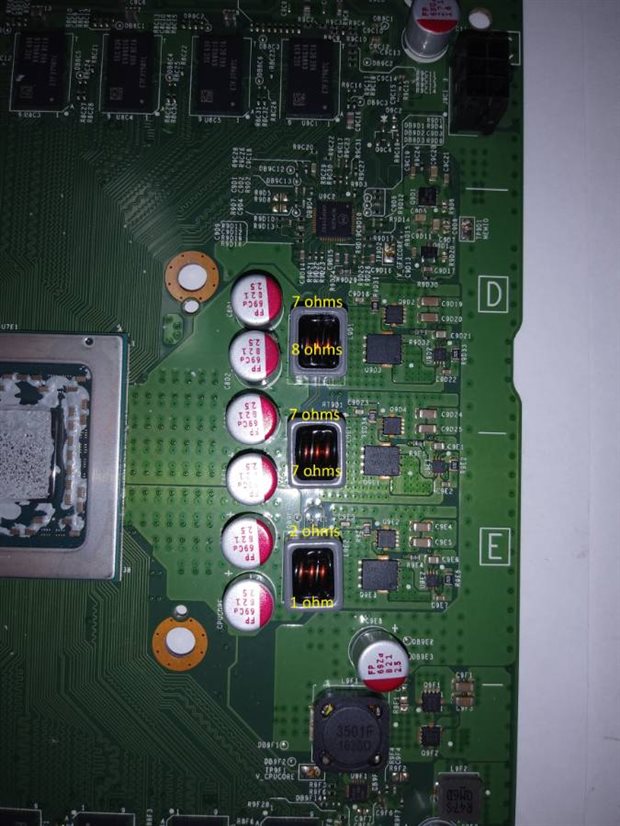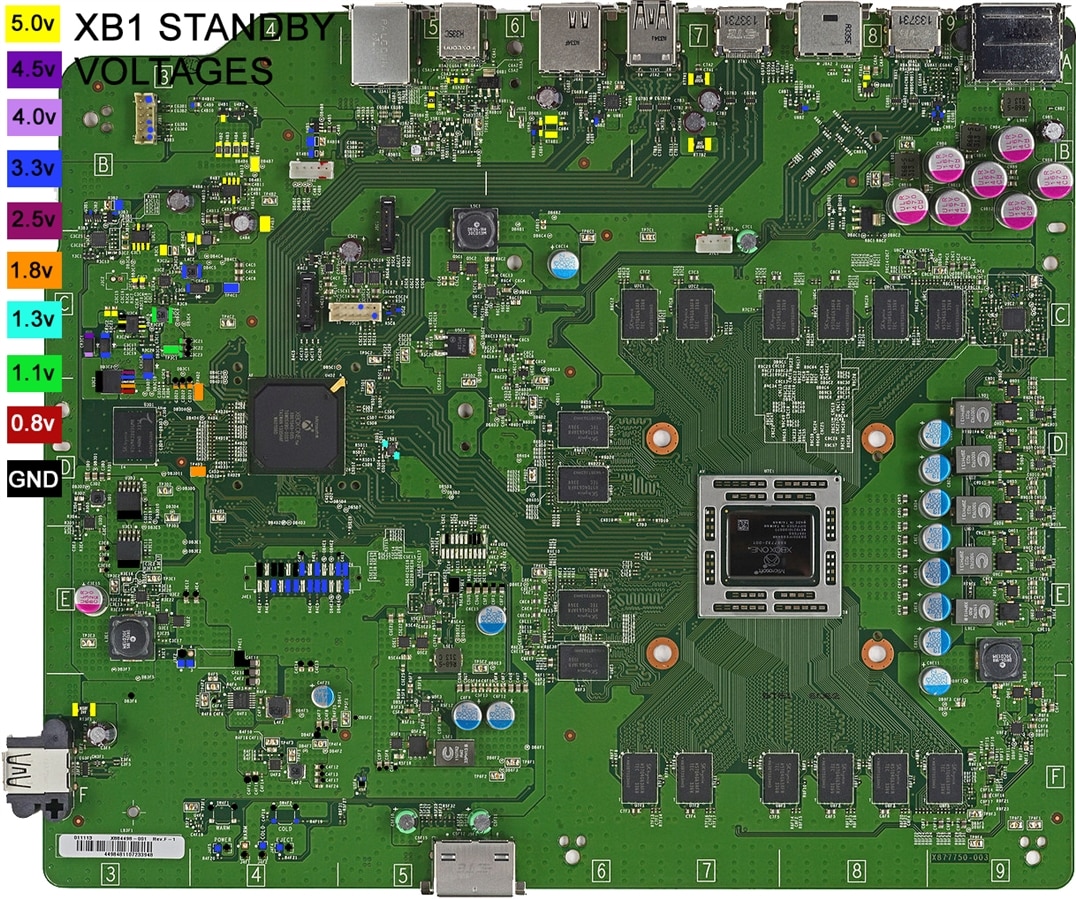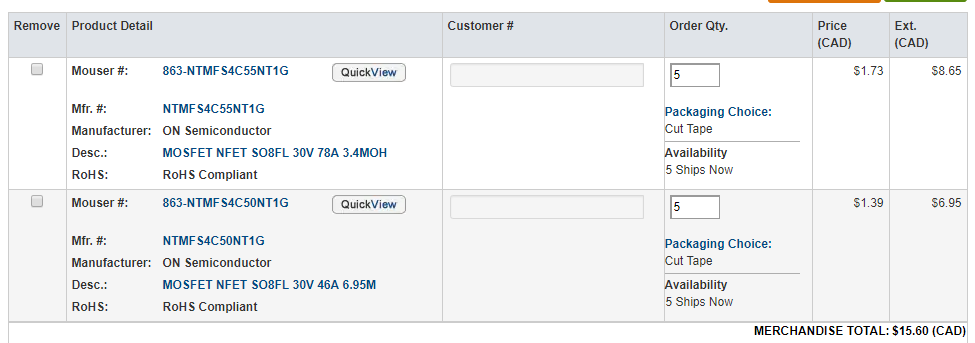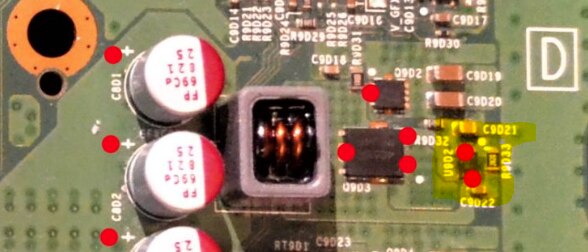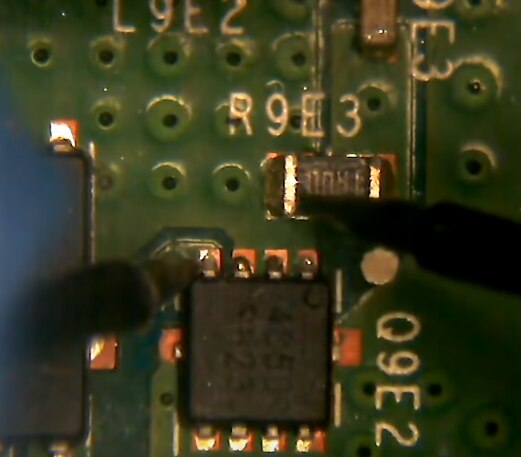CLARIFICATION
YES, BEFORE STARTING WORK ON THIS OF COURSE I GOOGLED AND WATCHED SEVERAL VIDEOS (MOSTLY USELESS) AND READ RESOURCES ON COMMON XBOX ONE AND ONE S PROBLEMS.
- I tried the HDD in a PC, and it does show up as several NTFS partitions with files that all look fine.
- Blu Ray drive at least powers up and can insert and eject a disc.
- Tried the "cold mode hairdrier" trick to spin the fan manually. It's not the fan. The fan works.
All other components of the board seem to work. Just the system started up with a startup sound, and shut down with a shut down sound immediately after. Likely a protection being triggered.
Help meee!
Trying to figure out this XBOX One S issue: https://www.ifixit.com/Answers/View/523582/PSU+11... Any ideas?
It makes the start and then stop sound. Southbridge gets voltage. All 12V test points get voltage. Power rails to CPU suspiciously low resistance. Details in iFixit link.
I have an XBOX ONE S that I bought as “for parts” on eBay and the owner says it was kept in a clean house, etc. It is indeed clean inside. No signs of water damage.
The PSU is also fine. The APU had a TON of thermal grease all over the surface mount capacitors. I didn’t remove that yet but I did re-apply some arctic silver and I used a more reasonable amount.
The symptoms I see:
Console when plugged in does a few quick pulses to the APU fan. Is it trying to init?
Console when eject is pressed makes the eject sound, then the shutdown sound immediately after.
Console when power is pressed makes startup beep and then shutdown beep immediately after.
I don’t know what kind of issue I’m getting yet. Is there a JTAG interface or some way to do further diagnosis on this thing?
11.94V sounds perfectly fine for a 12V rail. Should I simpy try plugging a PC power supply into the motherboard to see if it will boot?
Any links or info on diagnosis would be appreciated.
Thanks in advance!
later
Aha! In the image you can see the CPU filter capacitor is registering just 1 ohm! The others are pretty low too but I bet if I remove that one it’ll at least boot. I have a server motherboard with a broken socket that I can steal capacitors from. Might replace the whole row if necessary.
later still
Looks like I was wrong. That capacitor I removed still offers up almost exactly the uf value on the tin. So that was another dead end. Hmm... One weird thing, all of the test points register 60Hz but not 110V. So thankfully the PSU isn't pushing wall socket voltage through. But that frequency is weird. My multimeter needs a charge though so I'll measure that again after it has.
The entire power area for the APU offers almost no resistance to the ground plane which is worrying. Again, need to charge that multimeter and re-check.
later again
Power on with no heatsink, the processor doesn't even warm to the touch. CPU, GPU, and other test points around the board pulse to 1-2V and then turn off fast.
Can't help but think it's related to the very low impedance between ground and positive on the V rails for the CPU/GPU. Is that normal?
USB port is charging the multimeter 
So that 5V rail from the southbridge is working.
Lots of 12V test points are consistently 12V (11.94V)
So...
Does any one have a diagram of the test points around the motherboard? What voltages / values should I be seeing? What are some likely culprits?
Thanks in advance! You're all wonderful!
This is the original XBOX One. Similar, but not exactly what I need. I can still maybe work from it.

